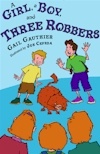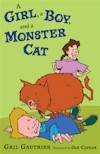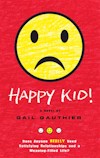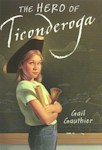Where Are We, Anyway?
I've said here before that I don't hear a lot about a "sense of place" in children's books. I don't necessarily notice it much in my reading of children's and YA literature, either. But two books I read recently had it in spades.
By sense of place I don't mean that readers necessarily recognize the book's setting because they've been there and really do recognize descriptions of places they've seen for themselves. After all, a book has the potential to be read by thousands of people, and it's not likely that they'll all have been to the scene of the action. To me, a strong sense of place makes me feel as if I'm in a place, even if I've never been there in real life.
The Postcard by Tony Abbott definitely made me feel Florida while I was reading it. Of course, by "feeling Florida" I mean feeling what I think Florida feels like, since I've only been there twice and only seen much of the state once. The light, the heat, the "old Florida" locations not only seemed real to me, but attractive. While I was reading The Postcard, I felt I should consider a trip to the sunshine state, a trip that didn't need to include Orlando.
Maureen Johnson makes the New York City setting of Suite Scarlett seem very real and very attractive. And, again, I have no great knowledge of New York. I have to admit, when I take the train into NYC and start seeing those long, unending streets from my window, I immediately think, Dear merciful Creator! I am entering the Kingdom of Darkness! Please provide me with a guide (cab driver) through the shadows and preserve me until I see the light of New Haven again sometime between three and six this afternoon! But Johnson's characters move about what sounds like a real city in total comfort to a rubish reader like myself.
The kind of you-are-there feeling I'm talking about isn't easy to do. It's not uncommon to read books that use a famous place as a sort of quick and dirty backdrop for the story's action. You also see books in which authors have to stop whatever they're doing to describe a museum or a palace. It's not every writer who really can make readers feel a setting instead of just mechanically see it or, perhaps, ignore it altogether.
Labels: sense of place







